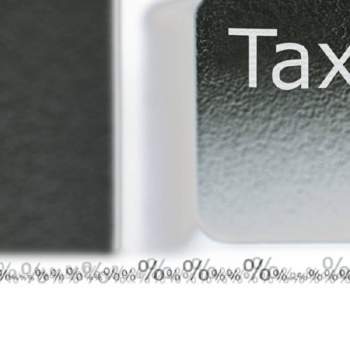
Taxation at Different Levels of Government

The Federal Constitution of the United States established the right of the government to impose taxes on its citizens to provide the necessary services and functions of a state government. The Constitution itself established the system of taxation for the federal government. The tenth amendment of the Federal Constitution states that whatever is not expressly prohibited by the Federal government will be left to the states to decide. At the inception of the 13 state governments of the United States, each state drafted their own state constitutions and included taxation laws to provide citizens with the services that state and local governments can provide.
The Federal Constitution, prior to 1913, stated that neither the federal
government nor state or local governments can impose direct taxes on the
people. A direct tax is any tax that taxes individuals personally based on the
value of someone's possessions. Examples of direct taxes are property taxes and
income taxes. Indirect taxes were historically what state, local, and federal
governments depended on as a means of gaining revenue to balance their budgets
and provide services to the public. Indirect taxes include sales taxes, court
fees, and added-value taxes. Indirect taxation places the tax burden on the
good or service offered rather than the individual him or herself.
The American Revolution is well known to be fought in response to the imposition
of unfair taxes without adequate political representation. The Revolution was
not a rebellion against the institution of taxation itself but a rebellion
against the fairness of taxation. The first American tax rebellion, after the
establishment of the US and before the modern Constitution, occurred as a
result of unfair state and local taxes in the Commonwealth of Massachusetts. In
1786, Daniel Shays and his group of angry farmers were foreclosed upon due to
high taxation and high court fees from the state and local governments. The
taxes and fees were high in Massachusetts because the debt from the
Revolutionary War was to be handled on an individual basis under the Articles
of Confederation. The Rebellion resulted in a skirmish between rebel and state
militias. George Washington called for the execution of all 150 farmers who
participated. Daniel Shays escaped to Vermont and was pardoned. Shays'
Rebellion showed the inherent weakness of a government that overemphasized
state and local government. This is the most common perspective on the
narrative of Shays' Rebellion; however, the Rebellion speaks volumes of the
necessity to make taxation as fair and equitable as possible. It also addressed
the need of a strong federal government to carry the debt burden along with the
other states. The Constitution strengthened the unity of the United States.
At the state and local level, governments have since attempted to solve the
problem of what exactly constitutes fair and equitable taxation without
jeopardizing a government's necessary revenue stream. States can choose to
lower or raise their tax rates. States can choose what consumer items are
applicable to the imposition of sales taxes. For example, may not have a state
income tax but impose sales taxes on all food products in lieu. The State of
New Jersey does not impose sales taxes on clothing; while, just across the
Hudson, the State government of New York does. It all depends on a state's
political philosophy of taxation. Each state and the District of Columbia have
their own tax code, which contributes to the diversity of rights and privileges
of being a resident of one state over another. A state may not, however, nullify any federal tax
without violating the federal constitution.


















